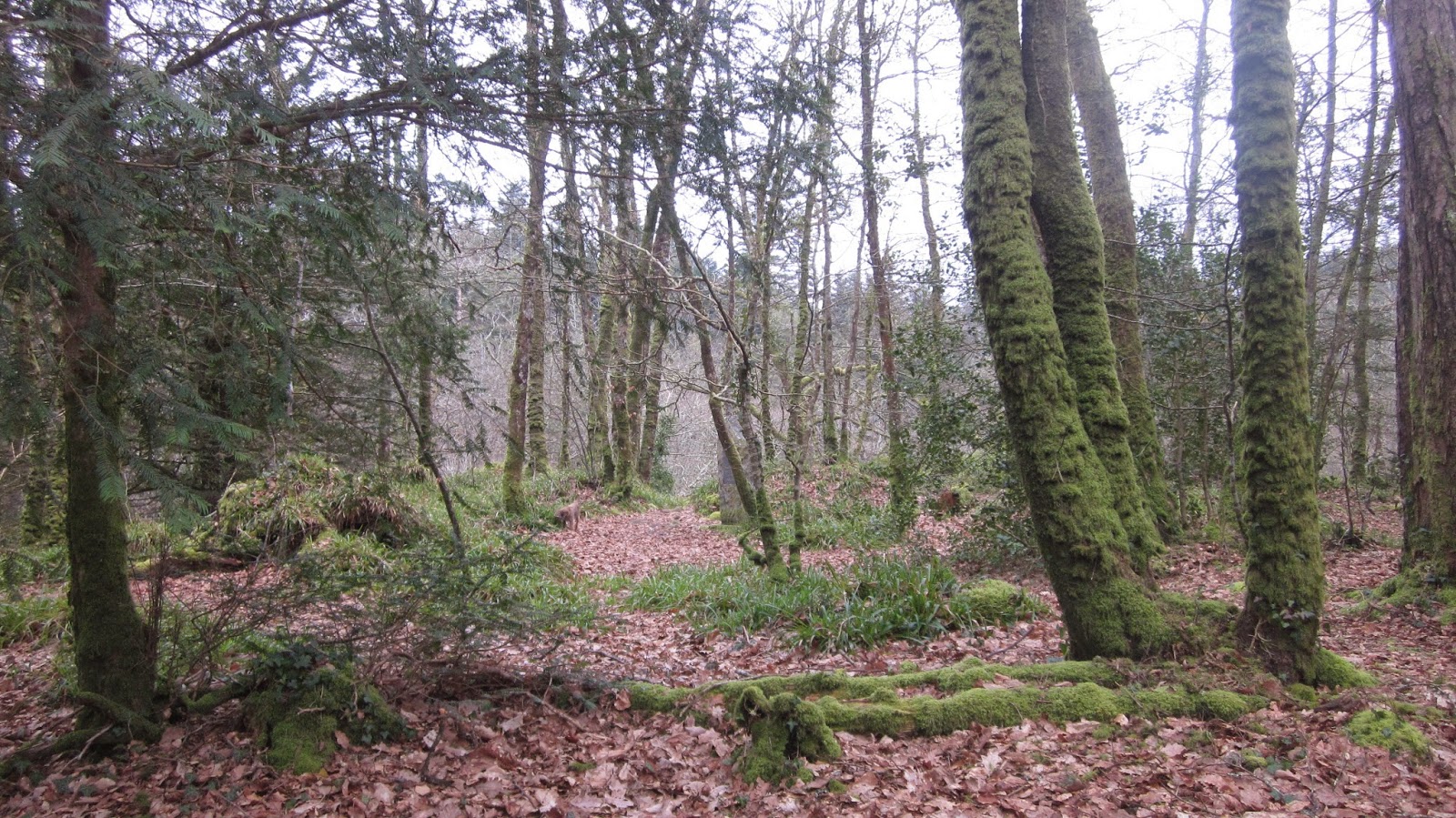I returned today after a six month absence to my old haunts on the moors and was instantly overwhelmed by a deluge of familiar sensations. It was as if the first pressure of my foot on the stony track activated a certain pattern of thought, despite the many changes in my life and perceptions in the interim. But is the trigger in the landscape or in me and my own wild, open inner terrain? Do I react so because I am on a moor or because the moor is in me?
I can trace my deep connection with the moor to early journeys over the Brecon Beacons. My poor exiled Welsh parents, miserable in manicured and over-managed Gloucestershire countryside, often made the return to their homelands - Swansea, Mumbles, Gower - with four children in tow. It was part of my father's hopeless quest for identity and part of my own very early passionate attachment to landscape. The passing of the beloved object on the way to another destination has also had its legacy, and later made travel more valued than arrival in almost every aspect of my life.
There was no more to this early love than that the sight of the moors made me happy. To a childish imagination they represented endless, boundless freedom and apparent simplicity. Other landscapes were psychologically more complex to me even then as a small child: the sea with its tides, the endless movements of a river, the uncertainties of woodland, hills lost to the unsettling exploitation of farming. But those long, high rounded slopes, empty of life and difficulty, solid and unchanging, gave me both a powerful sense of permanence and an invitation to endless possibilities, to the open heart and mind that seemed so perplexingly elusive in the constraints and compromises of the everyday world. I came to learn that there was far less isolation and considerably more connection for me in the wilderness of moor than in family life.
Tuesday, March 24, 2015
Sunday, March 15, 2015
Death in the forest
Working on my text about death in the forest this
morning, which involved both writing and a long walk to review the relevant
sites. Death comes easy and hard in the normal order of forest, with its
acceptance and exploitation of the cycle of decay and regeneration in nature
and the practice of hunting. But there is also murder and accidental death (or
possibly suicide) to consider in my forest.
Long after the war was over, the
bodies of three young men, executed by the Germans, were found on the hillside
above the Argent river. They represent the great number who, with all the
desperate nonchalance of youth, took action to resist enemy occupation until
such bitter ends as a blanket of dirt and leaves on a wooded slope. A stele
marks the fate of Pierre Ruelen, Jean Volant and Emile Bérthou. Whenever I hear
the explosion of a hunter’s gun echoing through the trees, I think of falling
limbs with human faces.
In May 1919, the body of Victor Ségalen was found by
his wife among the beech trees on top of a high granite outcrop, once the site
of a medieval motte. He was apparently sitting propped against a tree with an
open copy of Hamlet, having bled to death from a wound in his heel.
This curiously staged scene – and his hurried burial avoiding an autopsy – has
led many to think he took own life to put an end to the nervous depression and
mysterious physical malady that had taken hold of his life.
Born in Brest in 1878,
the profession of medical doctor took Ségalen on journeys that went far beyond
the practical fact of travel. It was China that
came to shape his remarkable inner life: he conducted archaeological digs there
and became a Chinese language specialist, before returning to France. The
cultural landscape of his experiences was manifested in poetry and texts (such
as Stèles, published in 1914). He was in Huelgoat for his health,
ironically, walking daily in the forest with a book and notebook, experiencing
the profound sense of containment and aloneness offered by this special place.
For a man who lived on the borderlands between reality and imagination, he
chose a good place to die.
Thursday, March 05, 2015
La Belle Vie
 |
| Liz and her work |
www.artitudebrest.com www.lizridgway.artweb.com
Liz's work will feature in my exhibition on landscape at L'Autre Rive in Huelgoat in October.
Subscribe to:
Comments (Atom)
.JPG)



